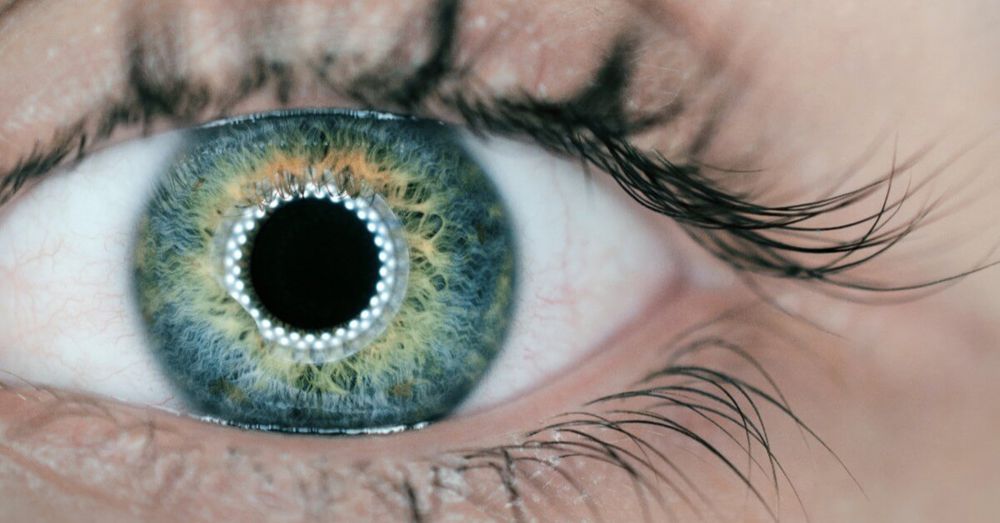The medical industry is extremely advanced in the modern era. Thus, it’s no surprise that a variety of state-of-the-art technologies have arisen to aid people in seeing better and making the most of their optic health. A semi-recent win for one of those incredible technologies is the fact that the FDA recently approved Raindrop near vision inlays for presbyopia. This is a groundbreaking step forward in ophthalmology that we’re excited to discuss with our patients who may suffer, or who currently suffer from presbyopia.
What Is Presbyopia?
If you find that you have trouble seeing or reading, you could have presbyopia. It’s classified as the “age-related loss of near vision,” and it starts to rear its head in most folks at the age of 40. This can appear regardless of whether you’ve experienced vision problems in the past or not. However, as soon as these symptoms start to pop up you don’t have to start investing in reading glasses and squinting at labels, as there are other options for you, specifically a Raindrop near vision inlay. A couple of years ago, the treatment was newly recognized by the FDA as completely safe and it’s taken off ever since.
What is The Raindrop Near Vision Inlay?
The Raindrop inlay is a small “hydrogel plastic disc.” It measures 2mm in diameter and possesses similar characteristics to the human cornea. It’s actually the second corneal inlay that the FDA has approved and is the very first to restore vision by aiding in the reshaping of the cornea. In most cases, the Raindrop inlay is placed in the non-dominant eye and is used to help the cornea focus on nearby objects by smoothing it into a more perfect sphere. In this fashion, it allows both eyes to work together to see clearly at any distance.
The Difference Between Corneal Inlays and Onlays
Both of these devices resemble small contact lenses, yet they’re placed within the cornea, rather than on the exterior, hence the term “inlay.” Corneal onlays are not embedded into the cornea, rather they’re placed nearer to the surface of the eye, only under a thin outer layer of the cornea called the epithelium. The traditional inlay is placed deeper within the cornea in a thicker middle layer called the stroma.
The Case for Corneal Inlays
The inlay process is generally far more stable and delivers more predictable results because it’s placed deeper in the eye. As this technology progresses, corneal inlay surgery can sometimes be performed in tandem with LASIK. As this new procedure is explored in a more in-depth fashion by professional ophthalmologists, we’ll likely continue to find more uses and exciting updates to this procedure that is only just gaining traction.
Schedule With Round Rock’s Experienced Ophthalmologist
Round Rock Eye Consultants is proud to provide our community with exceptional ophthalmologist services. We view the ability to see the world around you as one of the most profound gifts we can give to our friends and neighbors in the area. Don’t let your optic health fall through the cracks, reach out to us today to schedule your next appointment. If you have questions about our various surgical procedures or the types of conditions we treat, we’re always happy to help you find the information you need. Please feel free to reach out with any questions about our procedures.

